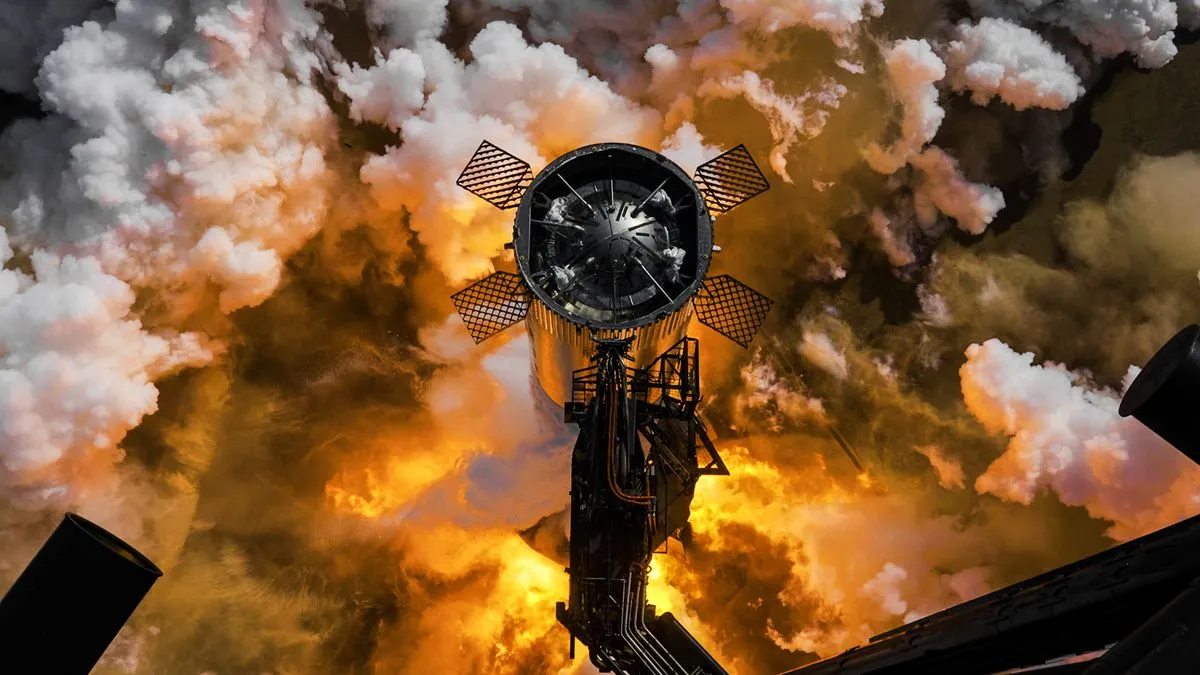
In preparation for its eighth Starship launch, SpaceX is diligently completing preflight shakedowns for both the first stage, known as the Super Heavy booster, and the second stage, simply referred to as Ship. The activity is bustling at SpaceX's Starship manufacturing and test facilities in Starbase, Texas.
Recently, SpaceX completed static test fires on both vessels set to fly on the next integrated test flight, IFT-8. All 33 Raptor engines of SpaceX's 233-foot (71-meter) Super Heavy booster were ignited last weekend during a launch simulation run. "Full duration static fire test of Super Heavy," SpaceX announced on X on Sunday, Feb. 9, accompanied by photos from the pre-flight booster test.
The next steps involve the Ship and Super Heavy components advancing towards vehicle stacking. On Tuesday evening (Feb. 11), SpaceX completed the engine test for the upcoming Starship's Ship. The test-stand for Ship is located just a few miles from where the Super Heavy's static fire occurred, near Starbase's launch facilities. Ship's test was longer and more dynamic than the booster's, with engines experiencing a range of thrusts to simulate various flight conditions, as explained by SpaceX in a Wednesday post (Feb. 12).
Starship's test flights have increased in complexity as SpaceX continuously improves each vehicle iteration. Tuesday's test fire introduced new hardware, according to the company's Wednesday post. Soon, Ship will be transported to the launchpad to be stacked with its Super Heavy partner. The combined Super Heavy/Starship stack reaches an impressive height of 403 feet (123 meters), with the Ship alone standing taller than the Statue of Liberty.
Starship's previous test flight, IFT-7, launched on Jan. 16 with mixed outcomes. While there were successful returns of Super Heavy boosters to the Starbase pad and mid-air catches using the launch tower's chopstick arms, SpaceX lost communication with Ship approximately 8.5 minutes into flight. Witnesses across the Caribbean observed the stage breaking up in the atmosphere. SpaceX is undoubtedly aiming for a more successful outcome with IFT-8.
IFT-8 could launch as early as the end of February, contingent upon several factors including the Federal Aviation Administration (FAA) granting SpaceX the necessary launch license. This will be the second Starship launch of 2025, which positions SpaceX slightly behind its goal of achieving 25 launches this year.